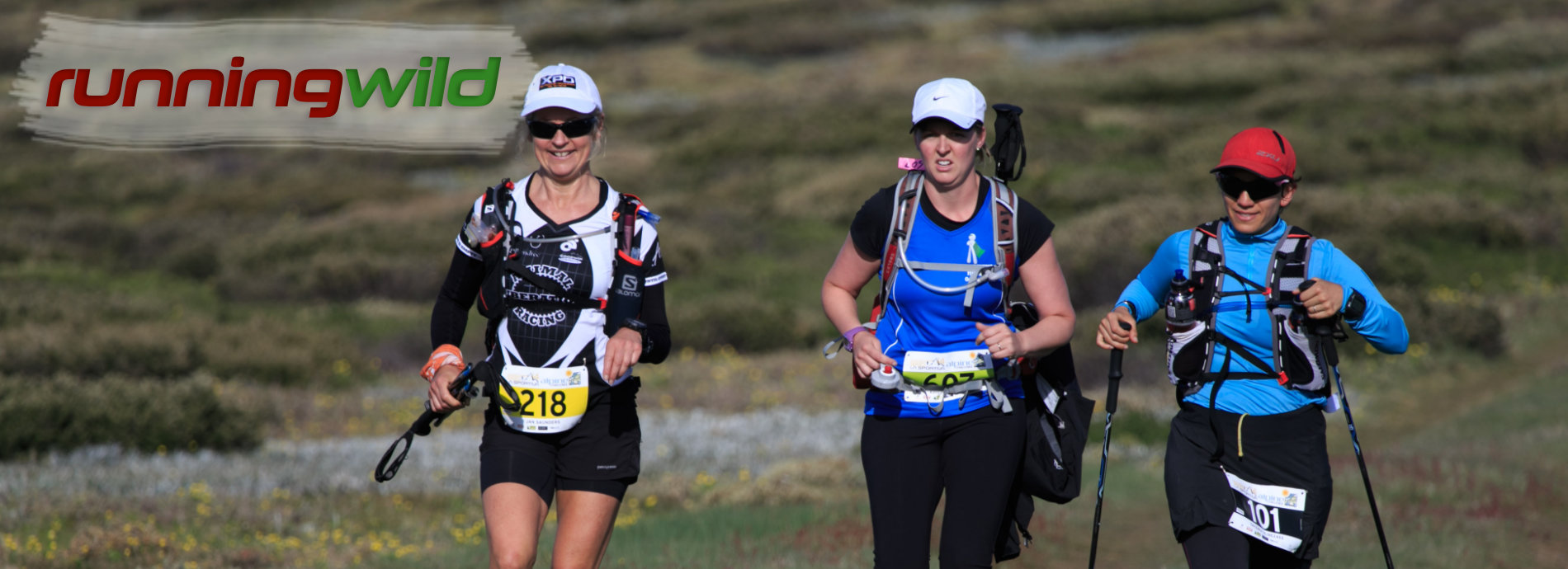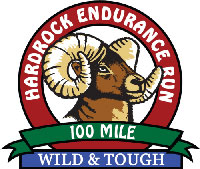Training plans…
Some people create specific training plans and stick to them. I’m not one of those type of people. I run because I love running. If I create a plan or a schedule, I despise it straightaway, and have no capacity to follow it. So my training plan was to simply run as much as I could in the lead up to the event, with as many hills as possible.
My training routine generally consisted of 2 early weekday runs 10-15kms, and increasing distance back-to-back Saturday/Sunday long runs of 30-40kms each day. My weekly mileage therefore sat at 100-120kms in the few months before the event, give or take some distance. 95% of my training was done in the hills of the Dandenong Ranges in Melbourne, including additional hill work in the month before the event.
Get familiar with the terrain!
I have done a lot of hiking in the High Plains area, so was familiar with most of the trails covered in AC100. I headed up to Falls Creek a few times before the event to cover what I hand’t done before, and to get some mountains into the training. If you enter, it is essential you head up there before the event itself to become familiar with the trails, and to just get a “feel” for the place. This is really important.
Pre-Race Day
The day before the event was full of mixed emotions. I knew I had prepared the best I could have given a busy lifestyle and limited time to train, and felt comfortable and familiar with the course. However you never feel you have done enough, you start to doubt your gear, your nutrition choices, etc. The gear check happened in the afternoon and luckily I hand’t forgotten anything. This was followed by nervous gear packing, charging devices, re-packing, un-packing, eating, packing, eating some more. The briefing was then held at Bogong Jack’s Tavern, where the air was buzzing with excitement and nervous energy. We got back to our cabin, did the final re-pack, and it was finally sleep time.
Race Summary:
Up at 3.30am, ready for a 4.30am start. I literally almost fell out of bed, avoided pre-event injury, and then got a random blood nose (which thankfully didn’t bleed for long at all). Apart from that, we got to the start line with minutes to spare for a last minute toilet trip and photos.
4.30am, we were off. River crossing early, then up Spion Kopje to the high plains. Across to Ropers Hut, down to Big River, river crossing number 2. The weather was beautiful, and we were already feeling the heat. Re-fill our drink bottles in the pure river water, and then a big haul up Mount Bogong to Cleve Cole Hut and onto the summit. 1pm, 360 degree views from Bogong summit with clear skies, across the top, and down Quartz Ridge. Feeling amazing, loving every second of being out in my favourite place.
Cross Big River again (further down stream), and then back up to the High Plains. 10 hours in with a big climb and a very hot afternoon sun meant at this point I was starting to feel the effects of tiredness and heat, and felt myself getting a little bit of delirium. Nothing serious, but enough to notice it, and have a laugh at myself (see this bit in my video). Onto Langford Gap, 62.5km in, where I met my husband Jason for the first time. Change shoes, eat some food, re-fill water and onwards to Cope Hut (67.5km), Pole 333 (76.5km), and then Tawonga Huts (79km).
The last section back to Bogong Village was the toughest, undulating and then down-hill on fire trails, my feet had been soggy since the 5am river crossing, and then bashed on rocks for 20 hours. I had butt chafing so sore that every step was now absolute agony. These were some of the longest kilometers of my life, and I started to hate every single rock. Headphones and music kept me together at this point. Celesta (my race-buddy and good friend) finished in just under 25 hours together, absolutely stoked. Ironically Celesta and I came equal third-female for the 100km event, as a few females pulled out, and there weren’t many of us to start with.
I was just so happy to finish so well, I loved almost every single minute of the event (just blur out the last few hours) and had such an amazing time. As I was completing the last section, I had no idea how on earth I could keep going for another 15-20 hours with more of the same hills, and knew at that point that I was of course coming back to do the 100 mile event in 2015.
Gear on the day:
- Shoes: Salomon S-Lab Sense (black/red)
- Socks: SmartWool….. Normally I wear merino but I alternate different types of socks
- Gaiters: RocBlocs (only $25 and worth it - they stop getting dirt/rocks/other stuff in your shoes)
- Shorts: 2XU compression shorts, I just like these for comfort and non-chafing
- Top: Dandenong Trail Runners t-shirt - I used to only wear Icebreaker tops… but have recently been appreciating quick dry synthetics as well
- Extra layers: Icebreaker 150 long sleeve, Icebreaker 260 long sleeve with hood
- Outer layer: Outdoor Research Helium 2 Gore-tex jacket
- Pack: Salomon 11+3 hydration pack with 1.5L bladder and 2 x 0.5L bottles
- Gloves: Black Diamond soft-shell gloves (windproof, water resistant)
- Poles: Black Diamond hiking poles (not super light, but strong)
- Watch: Garmin 910 Forerunner (20 hours battery life)
- Hat/sunnies/sunscreen/map/whistle/compass/GPS/waterproof pants/beanie
- First aid (including snake bandage)
- PLB (emergency beacon)
- Ayup head-torch (plus spare battery)
- I also carry all other mandatory gear listed on Running Wild website
Nutrition on the day:
- Tailwind (electrolytes)
- Pretzels
- Dried fruit/nut/seeds/ginger
- Clif Bars/muesli bars
- Langford Gap checkpoint: hearty minestrone soup, sweet potato brownie, bananas, salt and vinegar shapes… (re-filled pack with more bars and Tailwind)
Things I learnt:
- Butt chafing - don’t let it happen - always use preventative measures and always carry some butt cream
- Headphones can save your life
- Don’t bring too much sweet potato (this is what Celesta learnt)
- Knowing the trails prior to the event is necessary - especially if completing the miler - as your brain goes to mush and it is easy to follow random animal trails
- Need to find a solution for the wet feet after river crossings… As this resulted in such painful feet towards the end of the 100km…
Summary:
Enter this year’s Alpine Challenge. You will never regret being part of this event. Train on the terrain, remember to smile and enjoy every minute of it. You’ll love mountain running in Victoria’s High Country! Thanks to my running buddy Celesta and hubby Jason for your love and support.




